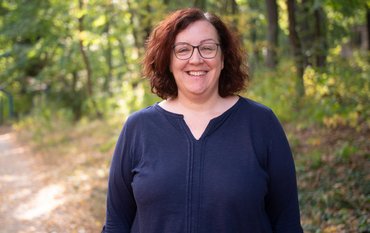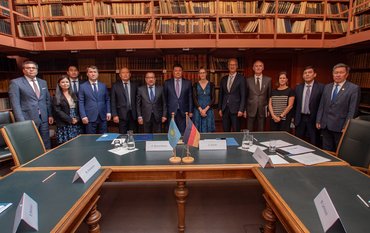On September 2, the GFZ German Research Centre for Geosciences in Potsdam welcomed many new faces who are completing their vocational training or voluntary service (FJN). This year, young people are once again being trained in a variety of professions that are required for the smooth running of science.
A total of 13 young people have started their service. These include two dual students of IT, one chemical laboratory technician, one electronics technician, two IT specialists for system integration, one industrial mechanic, two physics laboratory technicians, two office management assistants and two FJN students.
In the case of the apprenticeship or dual study program, the career choice has already been made and the practical part of the training takes place at the GFZ, which is supplemented by attendance at the vocational school, while the “Voluntary Year in Science, Sustainability and Technology” (FJN) offers those interested in science the opportunity to gain a practical insight into the diverse tasks of an internationally renowned research institute and thus helps with career orientation.
The first working day traditionally began with an introductory event by the HR department and ended with a historical and scientific tour of the Telegrafenberg. In addition to general topics such as the tasks of the GFZ, the structure of the institute and aspects of work safety, information was also provided about the possibility of an internship abroad during the training.
The guided science walk over the Telegrafenberg showed the far-reaching and significant scientific history of the site. However, the walk over the hill not only provides information about past times and projects, but also offers insights into current and future research work.
The first tasks of two trainees from the Climate Dynamics and Landscape Development Section have already been discovered along the way: Seismometers, which researchers normally use to record the vibration of the ground during earthquakes, were installed on various trees in the wooded area due to the current lack of rain. The seismometers record the vibration patterns of the trees to detect irregularities that could be possible indicators of branch breakage. The two trainees will download and analyze the locally stored data in order to be able to predict branch breakages in the future. Interesting tasks also await the other new arrivals.
We would like to extend a warm welcome to all our new colleagues and wish them lots of fun and success as they start their careers!


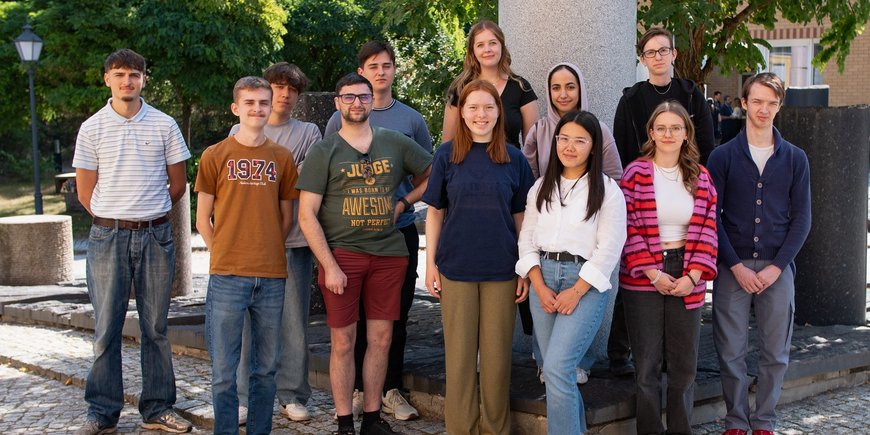




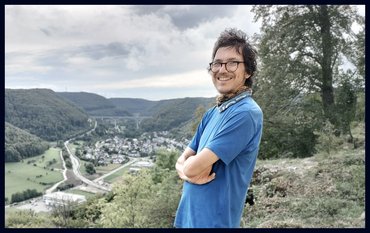
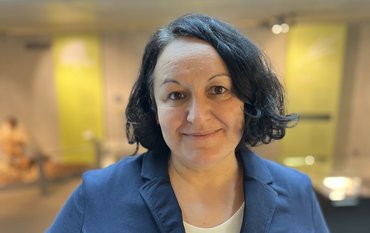

![[Translate to English:] [Translate to English:] Abror Gafurov von dem Schriftzug "Welcome to Azerbaijan" und den UN und COP Logos](/fileadmin/_processed_/2/5/csm_2024_11_Baku_COP29_Abror_Gafurov_1042faec82.jpeg)


![[Translate to English:] Martin Herold standing in front of the library on the Telegrafenberg](/fileadmin/_processed_/c/d/csm_Martin_Herold_d385ee4dd9.jpeg)
![[Translate to English:] Many people are listening to a presentation in the GFZ lecture hall.](/fileadmin/_processed_/c/a/csm_1_Bild1_hell_b9c0e9f5ed.jpeg)
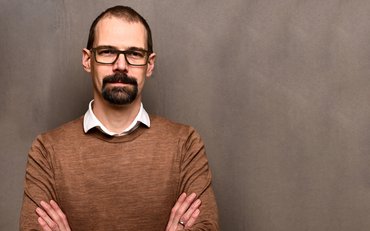

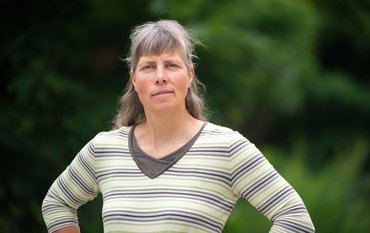

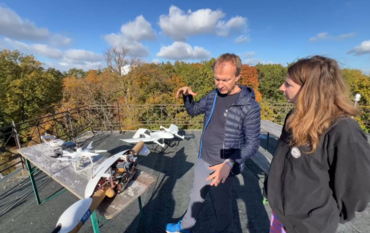

![[Translate to English:] Both scientists sitting on stools in front of a wall of books in the Telegrafenberg library](/fileadmin/_processed_/6/6/csm_Buiter_Castell_DORA_4_e87cb1ea18.jpeg)
![[Translate to English:] Gruppenbild mit 4 Personen](/fileadmin/_processed_/8/d/csm_20241017_GFZ-Emmerman-Medal-005_web_reinhardtundsommer_21a414fa4a.jpeg)

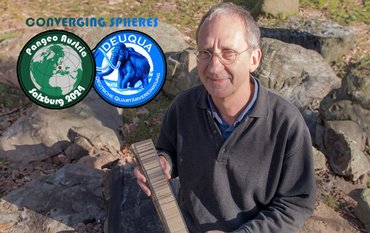


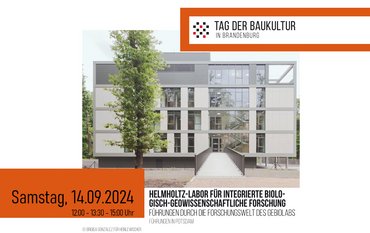
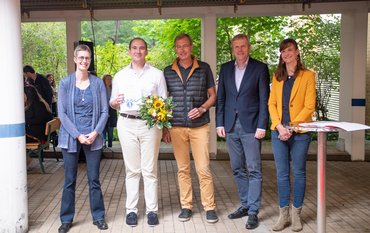
![[Translate to English:] Ice landscape with five red tents](/fileadmin/_processed_/8/9/csm_Zeltlager_auf_dem_Eis_Urheberin_Jenine_McCutcheon_5ced2d523b.jpeg)

